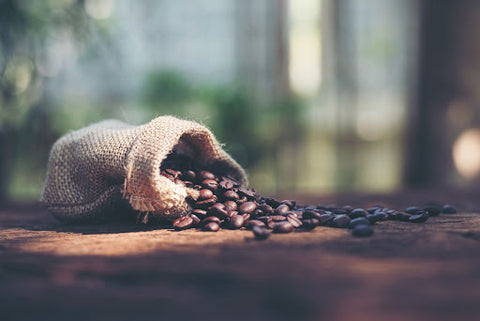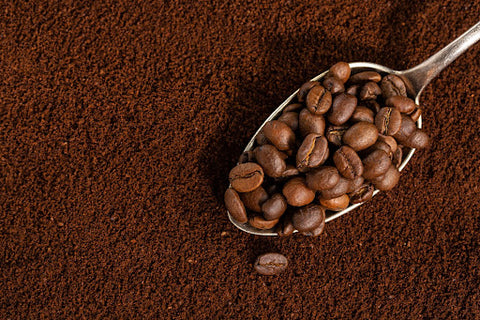
The Science Behind Pour Over Coffee: How to Get the Perfect Brew
There are numerous variables that contribute to a perfect, delicious cup of coffee. The temperature, type of coffee, coarseness or fineness of the grinds, and amount of water all have an impact on the flavour of your coffee. The brewing process, however, is perhaps the most crucial component.
Because the period of time coffee is brewed and the amount of water used considerably influence the resultant flavour and bitterness of the coffee, brewing is extremely important to coffee flavour. There are three sorts of compounds that can be extracted from coffee grounds, and the length of time the coffee spends in contact with the water influences which compounds are extracted. The acidic, fruity-flavored compounds are extracted first, followed by the earthy, caramel-like compounds, and finally the unpleasant bitter compounds. Shorter brew periods ensure that the bitter components in the grinds are not extracted and that the coffee does not have a disagreeable taste. Furthermore, the amount of water used is significant because not enough water can result in increased extraction of these bitter components, whilst too much water can leave the coffee weak and watery.
Clearly, coffee flavour is heavily influenced by the brewing technique, and there are numerous options: boiling, steeping, filtering, and pressurised. These minute differences in brewing can result in a plethora of diverse flavours that are unique to the process.
Pourover coffee is one of the most widespread and surprisingly simple methods for producing coffee at home. Pourover involves placing ground coffee in a filter and pouring water over it at regular intervals. Pourover coffee takes somewhat longer than other methods, such as French press, but results in a cleaner, more dimensional cup.

While pourover is a worthwhile option to faster coffee-making methods in general, a few strategic tweaks will ensure you get the best flavour out of your cup. Grab your chemex or hario V6o and dive into the science to optimise your next foray into barista land. Pourover requires such precision for a purpose.
Use fresh beans, roasted within a few days
While using pre-ground coffee may appear to be a clever, simple, and time-saving solution, grinding own coffee is worth the extra effort. Begin with whole beans, which keep flavour considerably better than ground ones. Carbon dioxide is the culprit for this retention. Coffee beans contain a significant amount of carbon dioxide, which helps to preserve the quality and aroma of coffee by reducing oxidation.
However, there is a sweet spot in purchasing freshly-roasted beans, which carry the highest amounts of carbon dioxide, which helps retain coffee's freshness and aroma by restricting the highest amounts of carbon dioxide. When purchasing coffee beans, aim for beans that have been roasted within the last several days. If you use coffee too soon after roasting, it will be less delicious and sometimes sour; if you wait too long, your coffee will have lost too much carbon dioxide and will taste weaker.
When it comes to grinding fresh beans, a burr grinder is preferable than a standard blade grinder; blade grinders produce randomly-sized, frequently irregular particles, whereas burr grinders produce more consistent bits. This change will produce a more consistent and even brew.
Bean size matters
The size and texture of your beans may appear insignificant while brewing pourover coffee, but they have a significant impact on the taste. A flow-through coffee-making system is an example of pourover coffee. As a result, the size of your grind influences the flow rate of the water. The coarseness or fineness of your beans will either help or hinder water retention.

As a result, choose a homogeneous medium grind that is neither too fine nor too coarse. The ideal size is ultimately determined by how much coffee you're producing. When brewing a larger quantity of coffee for a few serves, grind your beans coarser than you would for a single cup. Water will not even over-extract the coffee, generating a more bitter flavour.
Brew time is also determined by grind size. If you grind the beans too finely, the water will not drain as easily, wasting more of your valuable morning time. If you grind the beans too coarsely, the water will flow down too quickly, resulting in a saltier, acidic flavour.
After your pour over has flowered, add the remaining water and allow your coffee to drip. Don't be concerned if it doesn't come out perfectly the first time; Pourover needs patience and a learning curve. You'll be brewing cafe-quality coffee in no time once you understand the science.

















